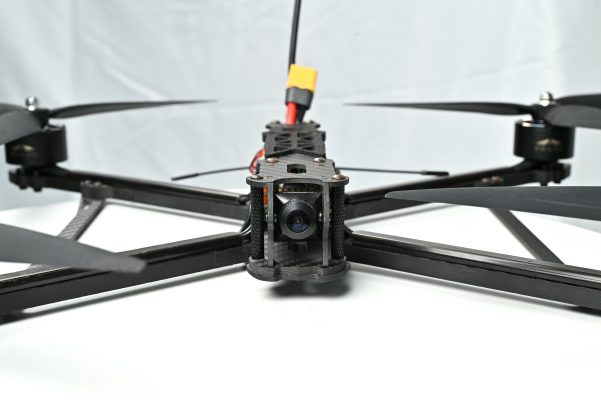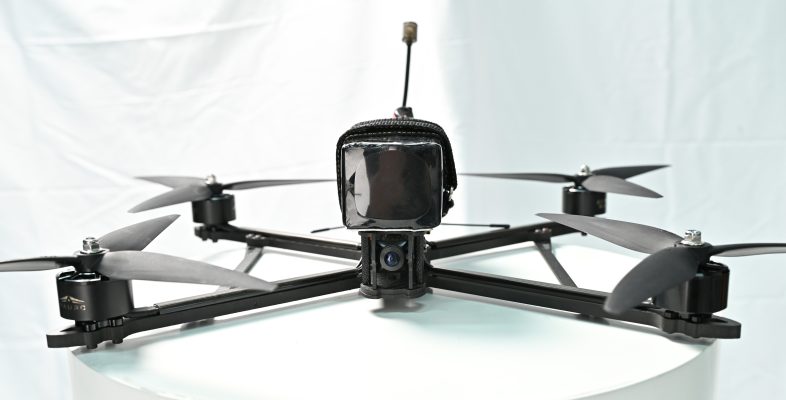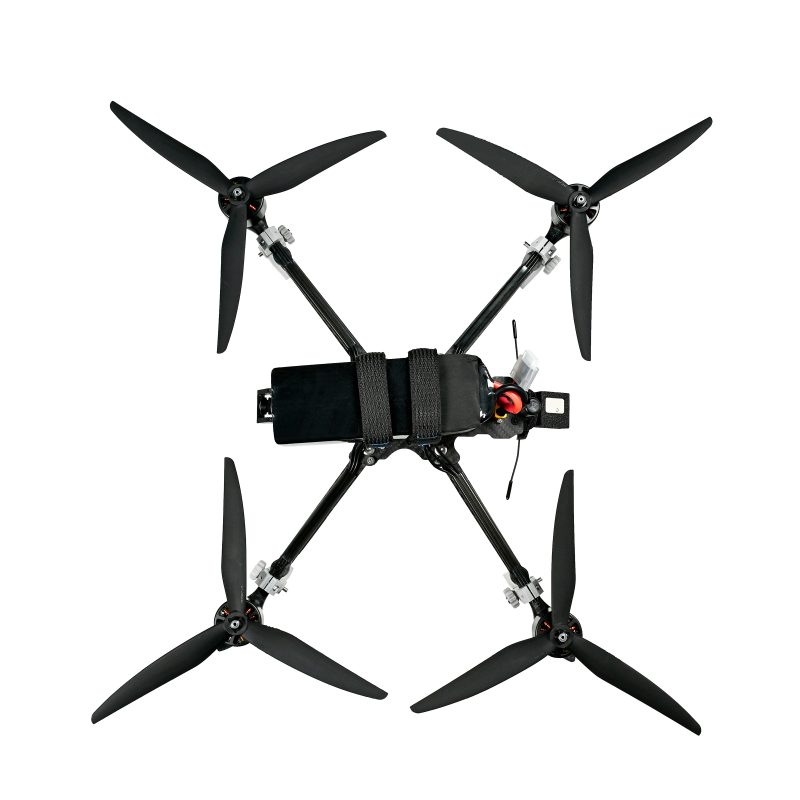Blog
How to Design the Perfect FPV Practice Track for Skill Progression
Introduction
Progress in FPV flying doesn’t come from random flips — it comes from structured repetition. Whether you’re a beginner learning throttle control or an intermediate pilot refining flow, a custom practice track is your best tool for steady improvement.
This article walks you through how to design your own FPV practice course, including layout tips, key obstacles, and progression strategies.

1. Choose the Right Location
Before placing cones or flags, pick a safe and repeatable environment:
✅ Open field, backyard, parking lot, or abandoned warehouse
✅ No overhead wires or busy roads
✅ Wind-protected if possible
✅ Flat surface for easy walking and recovery
Use tools like Google Maps + on-site photos to pre-plan your layout.
2. Set a Purpose for the Track
Your route should match your current training goal. Example focuses:
-
? Throttle & elevation control → simple up-down gates or climbing arcs
-
? Turning flow practice → S-curves, figure 8s
-
? Speed control → long straight sections into tight corners
-
? Line memorization → full loops with landmarks
Design small at first, then expand complexity as you improve.

3. Build with What You Have
You don’t need fancy gates. Try:
-
Plastic cones, PVC pipes, pool noodles
-
Cardboard boxes, garden stakes, hula hoops
-
Trees, benches, or fences as natural markers
-
Chalk or colored tape for route indicators
Make the track visible in FPV camera view — high contrast colors help.
4. Layout Tips for Smooth Flow
-
Start with takeoff pad + wide turn → into a gate
-
Add 1–2 obstacles per lap: dive gate, slalom, orbit pole
-
Include open sections for freestyle movement
-
Leave space between objects: 3–5 meters minimum
-
Use loops, zigzags, and fake-outs to create rhythm
Bonus: film your flights and draw the track digitally for review.
5. Progressive Difficulty Plan
Design your track for daily repetition and slow difficulty increase:
Week 1: Wide gaps + basic loops
Week 2: Add tighter S-curves
Week 3: Include elevation shifts or tree gaps
Week 4: Fly full lap at consistent speed
Keep a journal or logbook to track crash spots, success rates, and new PBs (personal bests).
Conclusion
FPV isn’t about flying everywhere — it’s about flying better. By building your own training course, you’ll create muscle memory, improve flow, and fly with more confidence. Make it fun, measurable, and personal — and progress will come naturally.



